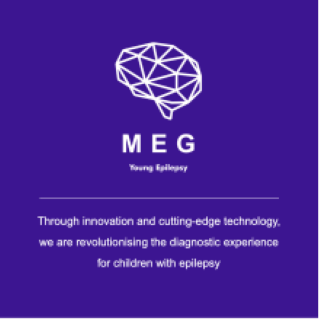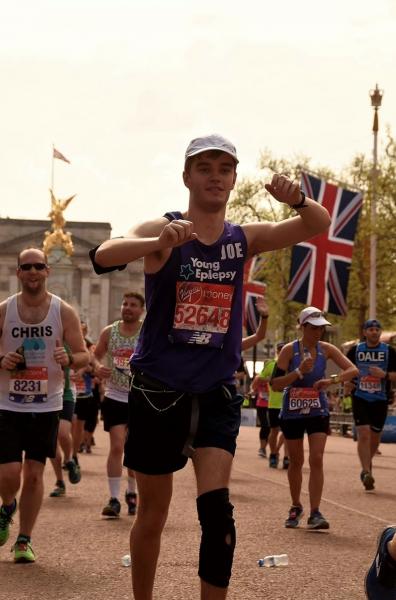Introducing MEG

Young Epilepsy have developed a wearable, movable MEG system, known as OPM-MEG.
The new technology uses different type of sensors, optically pumped magnetometers (OPMs), which don’t need cryogenic cooling to work. In the new system the patient wears a helmet with sensors attached, meaning that the sensors are closer to the scalp, and crucially, the new system allows patients to move within an area of zero magnetic field created by the new lightweight shielded room.
What is the difference between a MEG, EEG and MRI scan?
Whilst all three imaging tools are very different, they each have a role to play in diagnosis and choosing the right treatment pathway.
An electroencephalogram (EEG) is a recording of brain activity. During an EEG investigation, small sensors are attached to the scalp to pick up the electrical signals produced when brain cells send messages to each other. The scalp EEG can be distorted by tissue overlying the brain such as the skull and scalp.
A magnetoencephalogram (MEG) is similar to an EEG in that it records the messages being sent between brain cells, but this picks up those messages at a slightly earlier stage in the signalling meaning that we can see different information about the brain. Importantly, as the MEG signal is acquired using novel sensors which are embedded into a purpose-built helmet, it is not distorted by any overlying tissue
Magnetic resonance imaging (MRI) is a type of scan that uses strong magnetic fields and radio waves to produce detailed images of the inside of the body.
Each type of imaging can be really important when piecing together the clues needed to diagnose epilepsy or to establish the correct treatment pathway.
What is the benefit of OPM-MEG?
The development of the OPM-MEG overcomes the need to stay still and has been developed to be significantly more accessible and accurate for children - particularly those with complex needs.
Greater accessibility for children means that clinicians will have a better chance of initiating earlier interventions and treatments for children with epilepsy, and a much reduced need for more invasive investigations during surgical evaluation.
How will MEG support young people with epilepsy?
22-year-old Joe describes his early days of epilepsy as the most confusing time of his life. At the age of eleven he went from being an avid footballer who couldn't keep still to someone who was permanently tired through the lack of sleep as his seizures would happen in the night.
His diagnostic journey was a journey into the unknown. The only experience of epilepsy that he had was from seeing the warnings about TV programmes containing flashing lights as not being suitable for people living with the condition. The mental anguish of being completely thrown off kilter by an unknown force, was compounded by the physical pain of the frequent seizures and the trials of an overwhelming diagnostics process.
Being a slightly older child helped Joe to accept the need of going through the medical tests, such as MRI and EEG scanning, but that didn't make them any more enjoyable.
Joe explained: “I found MRI actually the most scary, but one of my early memories is having my first EEG. I remember having this initial shock of seeing the machine as I walked into the treatment room and then they put this gel in my hair, almost gluing it all over and stuck the nodes on top of it. And I was sitting there imagining what I must have looked like!
“One of the reasons that it wasn't too bad was that mum and dad were allowed in the room with me. Having mum and dad for a 12-year-old means a lot more than just having professional doctors in the room, so while obviously I wasn't happy about the situation because, as no one really wants to be in that situation, at least I wasn't scared anymore.
"Finding a way to make any sort of a medical procedure to seem less medical, the process less scary and this mega technology less intimidating for a child would definitely be a good thing. Having a non-hospital environment might help the child treat it more like a day out, as opposed to a day of intensive testing that is going to decide their future, which would definitely help with the stress levels for the whole family.
"For a child to be restricted could be quite scary, so being able to move about a little bit and not to have to stay very still on the bed, while everyone is observing you would take some of the fear out of the situation.
"And sometimes, it’s the little things. For example, I didn't know about the head gel stuff before, and it sounds silly but it was actually really unpleasant when they rub it on because they have to press really hard to get it to stick and that caused me a lot of discomfort. To avoid this and still get the information you need from the scan would be great."

